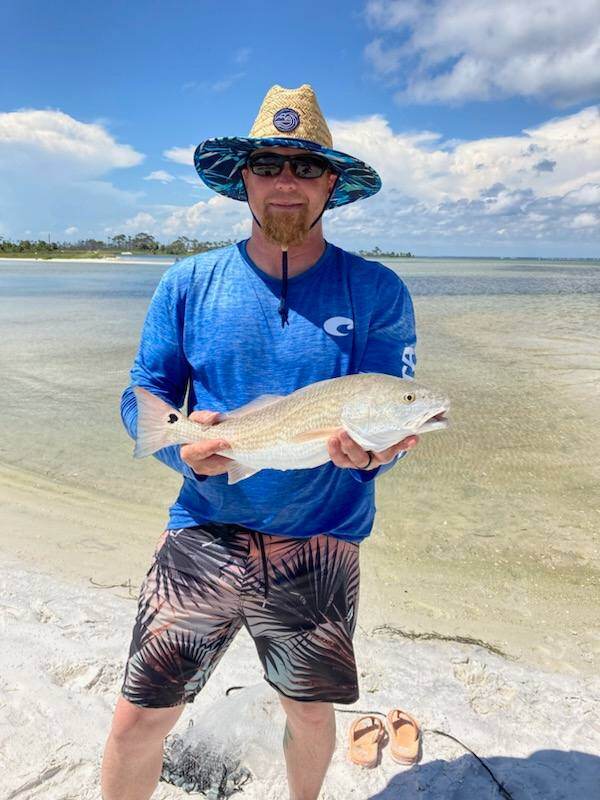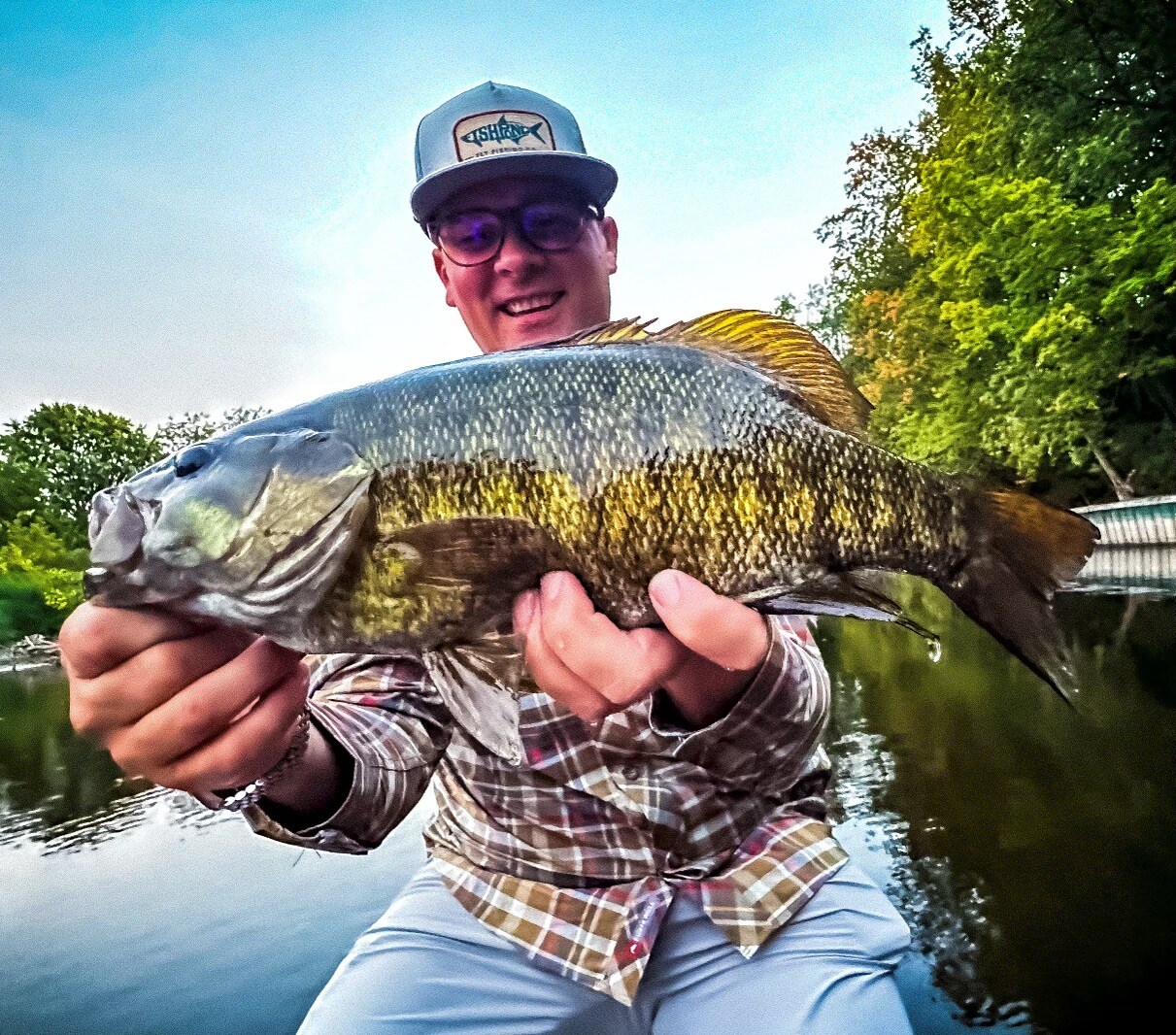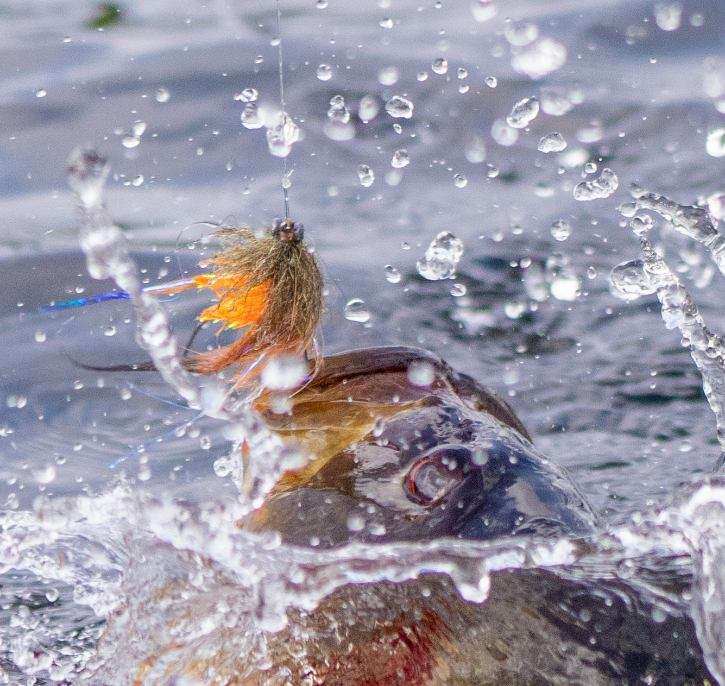
Fly fishing for bass isn’t just about casting your fly and hoping for the best; it’s about mastering the moment of truth—the strike. Setting the hook correctly is key to turning those bites into catches. Whether you’re new to the sport or looking to refine your skills, here’s how to set the hook like a pro when fly fishing for bass.
Why Hook Setting is Crucial in Fly Fishing
Setting the hook properly differs from “the one that got away” and a successful catch. It’s the moment when you drive the hook into the fish's mouth, ensuring it stays on the line. Without a good hook set, you risk losing the fish, no matter how good your cast was. For more in-depth information, visit Fishy Kayak's guide on hook setting https://fishykayak.com/how-to-set-the-hook-fly-fishing/.
Step-by-Step Guide to Setting the Hook
-
Keep a Tight Line: Always maintain tension in your line. A slackline means delayed reaction time, making it harder to feel the bite and react quickly. This is especially important in fly fishing, where the sensitivity of the line can make all the difference.
-
Wait for the Right Moment: Timing is everything. Wait until you feel a firm tug before setting the hook. Bass often suck in flies with a vacuum motion, so wait until the fish fully commits before striking.
-
Use the Strip Set Technique: The strip set technique is highly effective for bass. Pull the line sharply with your non-dominant hand while raising your rod tip with your dominant hand. This motion drives the hook into the bass’s tough mouth without ripping it out, a technique detailed further on MacFishes (https://www.macfishes.com).
-
Master the Trout Set for Smaller Bass: If you’re targeting smaller bass or fishing in slower waters, a gentle yet firm lift of the rod, known as the trout set, can be more effective. Lower your rod tip slightly, then pull back with steady pressure.
-
Adjust for Different Fly Types: Different flies require different hook-setting techniques. With dry flies, wait an extra beat before setting to let the fish fully take it in. Use a quicker, more forceful set for heavier flies like nymphs and streamers.
-
Keep Your Elbow Up and Movements Controlled: Maintain a strong stance with your elbow up to prevent fatigue and maintain control over your rod. Smooth, controlled movements will ensure a solid hook set without breaking your tippet or losing the fish.
Common Mistakes to Avoid
- Striking Too Hard or Too Soft: Both can lead to losing the fish. Find a balance where the hook penetrates but doesn’t rip out.
- Setting the Hook Too Early or Late: Wait until you feel the weight of the fish before setting. Too early, and you risk pulling the fly away; too late, and the fish may have already spit it out.
- Lifting the Rod Tip Upwards: This can pull the fly out of the fish’s mouth. Instead, pull back in a horizontal motion to drive the hook home.
Additional Tips for Success
- Stay Calm and Patient: Fly fishing is as much about patience as it is a skill. If you miss a strike, don’t get frustrated. Learn from it, and keep practicing.
- Practice Makes Perfect: Spend time on the water or even in your backyard practicing your hook sets. The more you practice, the better you understand the right timing and motion for different situations.
Mastering these techniques and avoiding common mistakes can significantly improve your chances of hooking and landing bass when fly fishing. Remember, setting the hook is a skill that takes time to perfect, but with practice, you’ll soon be setting hooks like a seasoned angler. For more detailed techniques and pro tips, visit Fishy Kayak and MacFishes.
Happy fishing, and may your strikes be strong and your nets full!
.png?width=300&height=100&name=Copy%20of%20Rise%20Beyond%20Logo%2012.31.24%20(300%20x%20100%20px).png)



